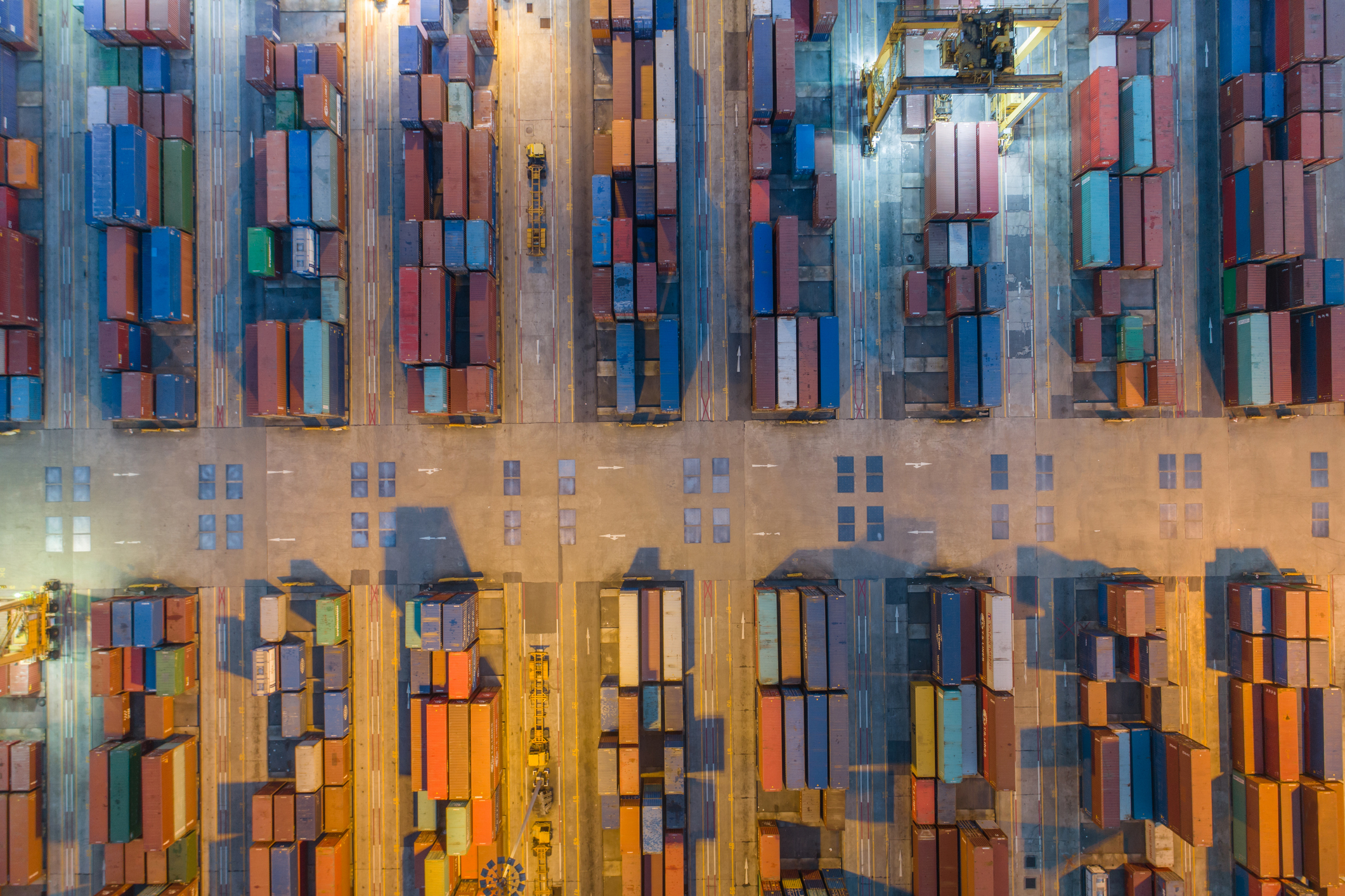Different sectors, including the service, manufacturing, and agriculture sectors, led India’s strong recovery after the pandemic in 2021 and 2022, resulting in 15.3% growth over the past two years.
India, which stands as the fourth-largest economy in the world, is also the fastest-growing one, with a real GDP growth rate of 6.5% in the year 2024-25.
Stronger supply chains today mean a stronger, more resilient India tomorrow. The government’s push for infrastructure development and digitalisation has further accelerated growth, establishing India as a key logistics hub in Asia.
Overview of the logistics landscape in India
In July 2017, a separate logistics unit was formed under the Department of Commerce to oversee the Integrated Development of Logistics Sector.
The Logistics Industry plays a crucial role in economic growth and trade. It supports manufacturing, retail, e-commerce, and services by managing inventory, transportation, storage, warehousing, and distribution, linking producers to consumers, both domestically and internationally.
India’s logistics sector was valued at USD 215 billion in 2021. It is well-positioned for strong growth with an expected compound annual growth rate (CAGR) of 10.7% till 2026. The government’s decision to grant the sector infrastructure status has enabled access to cheaper, long-term funding, similar to roads and railways, further solidifying its significant role in the country’s growth story.
Key government initiatives in logistics
National Logistics Policy: Launched in September 2022, the primary objective of this policy is to create a more seamless logistics ecosystem by improving efficiency and reducing logistics costs.
PM GatiShakti Master Plan: It was launched in October 2021 to integrate different modes of transport into a coordinated network. As the name translates to Power of Speed, it symbolises the plan’s focus on faster, seamless and ambitious infrastructure and logistics development strategy aimed to transform India’s multimodal connectivity.
Unified Logistics Interface Platform (ULIP): ULIP, a digital platform that brings together data from various logistics-related ministries and departments on a single interface, has reached a major milestone by successfully recording 100 crore API transactions in March 2025. This notable accomplishment reflects the rapid transformation in India’s Logistics sector.
Goods and Services Tax: Since the implementation of the Goods and Services Tax (GST) in 2017, the movement of goods across the country has become more streamlined by reducing transit delays and enabling cost-effective supply-chain planning across the country.
Path to sustainability
With sustainability being the need of the hour, it is becoming an integral part of India’s logistics strategy through government-led programs and infrastructure investments, showing a systematic push towards green logistics.
The Freight Greenhouse Gas (GHG) Calculator has been developed for calculating and comparing the total cost of transportation and GHG emissions to build awareness and support sustainable development. The Indian Railways has launched Rail Green Points for freight customers, allowing them to see potential carbon emission savings. Initiatives like the Coal Logistics Plan also propose a shift toward a rail-based system to reduce emissions.
Logistics is more than just transportation. It’s about moving the nation forward, connecting aspirations with opportunities. With rising consumer demand, there is a significant opportunity to strengthen this sector. A strong logistics network creates more jobs and supports balanced growth across the country.














